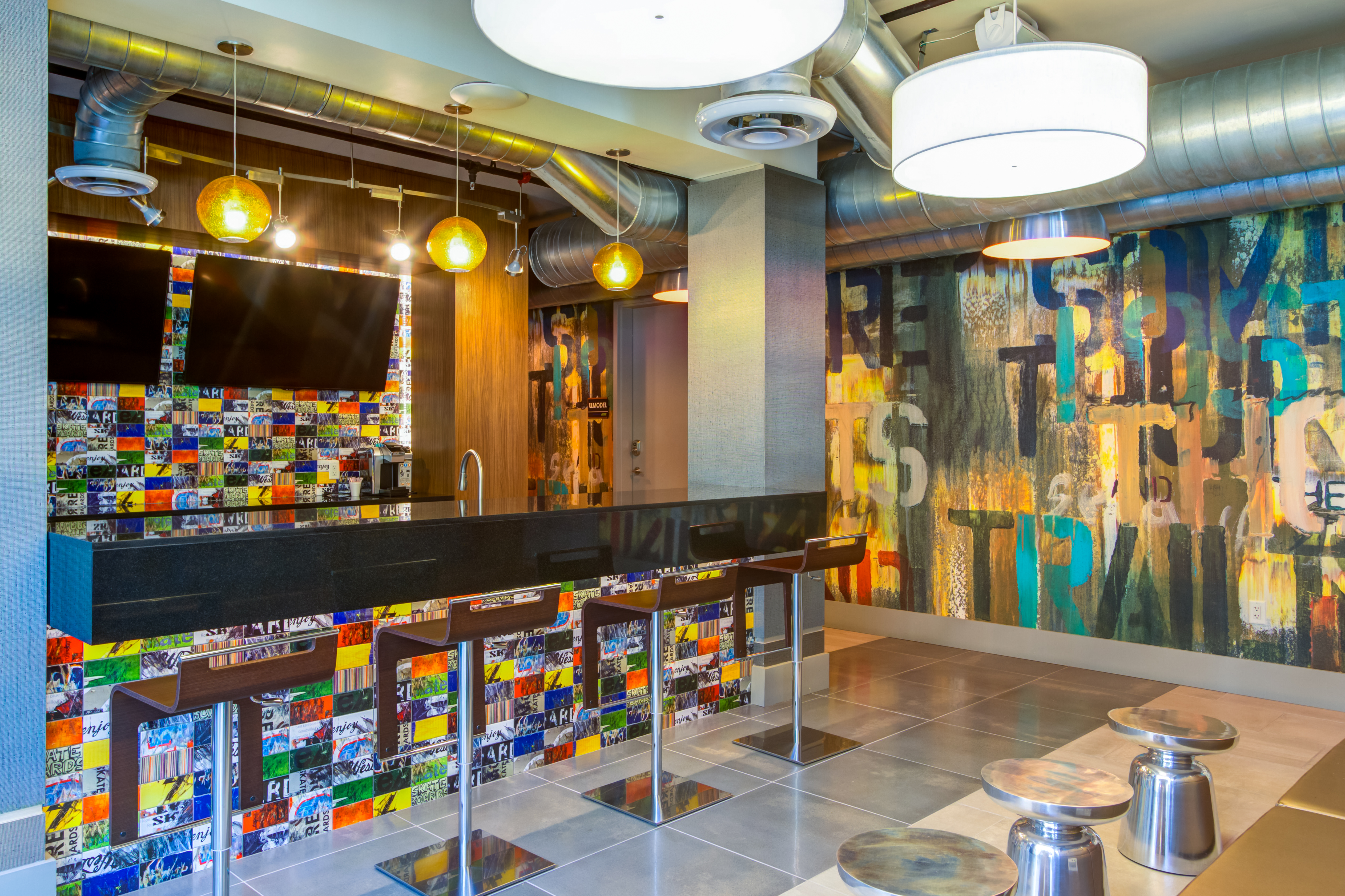8 Student Housing Statistics to Consider for Your 2020 Marketing Strategy
Did you know that in preparation for last year's fall semester, the student housing market was 59.5% pre-leased in March 2019?
5 min read
 McKenna Hogan
:
Apr 23, 2020 8:30:00 AM
McKenna Hogan
:
Apr 23, 2020 8:30:00 AM
.jpg)
So you have your virtual tour, right? Then now is the time to perfect the guiding process to tackle the influx of student renters scheduling a remote tour.
Not that different from conducting an in-person tour, taking prospects through a guided tour will require techniques for effective communication, navigation, and a successful follow-up strategy.
Because COVID-19 is turning the home search entirely online in addition to the fact that a majority of leasing for student housing happens from March to May, below we will discuss tips and tricks for giving a successful college virtual tour.
Believe it or not, housing quality is actually a major consideration when it comes to deciding where to attend college.
In fact, according to the National Apartment Association, a survey of more than 25,000 students conducted by American Campus Communities showed that more than 78 percent of respondents said the availability of high-quality student housing affected their college or university selection.
This means that giving a successful student housing virtual tour could be a make or break factor for whether or not a student even attends your university.
Take note of the tips below before giving a campus or student housing virtual tour.
Now that your website is the sole resource for student renters, it will be of utmost importance that it’s optimized for a convenient and informative home search.
Below are recommended virtually leasing tools for an engaging and personalized experience.
These tools were created to deliver the entire home search virtually, so student renters have all the resources necessary to not only make a decision, but plan their living situation as well.
To learn more, take a look at these 7 virtual leasing tools for your website.
Giving a guided tour is a fairly new experience for most, and may be difficult for some to break down that barrier.
Whether you’re hosting for a group of students, a student and their family, or just one individual, it will be worth it in the long run to make the touring experience personable.
An easy way to do this is by asking questions regarding preferences or requirements, especially since students may not know how to address that right away.
The difference between student housing and apartment renting is that students are not yet seasoned renters—therefore, they may not know which aspects of the home search process are important to ask about.
Since virtual mirroring for student housing tours was designed to be an informative and convenient alternative, your job is to provide valuable insight to the experience.
Below are a few things to consider inquiring about:
Not only will this be important to their home search, but it shows authenticity and trustworthiness, which is an important quality to most renters.
|Related: 8 Student Housing Statistics to Consider for Your 2020 Marketing Strategy
Since many students will be touring with their parents or families, it will be essential to appeal to their best interest as well.
.jpg?width=4288&name=The%20LINK%20University%20City-POI-012%20(1).jpg)
During your guided tour, you’ll want to cover areas such as,
Some of these questions may be answered by the actual tour while others will need to be addressed verbally. Just remember, an extensive and informative college virtual tour is likely to be more successful.
Of course students will want to tour your entire community, but there’s one thing they’ll be interested in over anything else: amenities.
Whether you have an in-house fitness center, pool, clubhouse, etc. guaranteed that will catch students attention.
.jpg?width=4288&name=The%20LINK%20University%20City-POI-011%20(1).jpg)
However, it will be best practice to save those extras for the end of the tour. This is because you want prospects to focus on the rest of your community before getting to the good stuff.
Guiding this part of the tour will be exciting for students and their parents, but don’t rush to it—other aspects of your community are much more important for making a solid decision.
There will be a lot of information taken in by both parties for the duration of a college virtual tour, so taking notes (mental or physical) for after you wrap up the actual touring portion will ensure everything was covered.
After you’ve asked all of your questions and feel like everyone said what they needed to, you’ll want to plan a strategic follow-up.
Use the notes you took to send an email follow-up before you lose the information you gained from their guided tour. Whether they needed more information about the bus system, the event calendar, community policies, etc. send that over as soon as possible to keep your community top of mind.
Besides housing quality, a university campus is also very high on the list of important decision making factors. And since an in-person campus tour may not be an option, your website must be equipped with the right tools for students and their families to make an informed decision virtually.
Below we will discuss best practices for giving a campus virtual tour.
Needless to say, university websites can be overwhelming. Especially with COVID-19 turning the home search online, websites will need to be optimized for ease-of-use as well as providing informative tools.
Below are virtual touring tools to provide students with an immersive experience.
These tools will not only be necessary for showing prospects your campus, but they will also provide a useful resource for navigation as well as finding a place to live.
Just like an in-person tour, you’ll want to start a virtual campus tour by asking about student interests and education goals.
Whether or not they’re athletes, interested in Greek life, are majoring in biochemistry, whatever—this information will be pertinent to how and where you guide their campus tour.
.jpg?width=6029&name=Plaza%20del%20Sol%20Performance%20Hall-POI-017%20(1).jpg)
Since campus tours typically happen before a student housing tour, navigating through different student living locations can help prospects decide on where they may like to live.
As far as communication goes, ensure that you as their tour guide are educated on all things related to your school.
Since students and their families can’t just wander around on their own dime, providing information about interest points like downtown areas, restaurants, fitness centers, nearby businesses, etc. will now be in your hands to communicate to them.
A college campus is huge—which is fine for giving in-person tours because it’s usually broken up with breaks and rest stops.
With a guided campus tour, however, the amount of information on the receiving end may seem a bit overwhelming.
.jpg?width=7952&name=Florida%20PolyTechnic%20University-POI-020%20(1).jpg)
.jpg?width=7952&name=Florida%20PolyTechnic%20University-POI-019%20(1).jpg)
In order to give a successful campus tour that caters to students wants and needs, it will be best practice to only show the essentials and anything else they inquire about.
Below is a list of areas you should make a priority to show.
These are the buildings that students will 100% be connected to if they decide on your university, so making sure they know where they are and what they have to offer will be the main goal of any virtual campus tour.
Anything else can easily be addressed with website tools like video content marketing so that students can navigate on their own time.
Guiding a virtual tour means the entire touring process is reliant on your actions. This is why practicing before your first tour can make a huge difference.
In order to effectively engage and convert students and their families, teams must first learn how to navigate, communicate, and strategize the college virtual tour experience to successfully present your student housing community in the best and most informative way possible.

Did you know that in preparation for last year's fall semester, the student housing market was 59.5% pre-leased in March 2019?

Colleges and universities may have weathered the immediate impact COVID-19 had on them, but the Fall 2021 semester will still look different. Student...

Renting sight unseen is a big risk apartment hunters rarely take. And it's not hard to see why. It's intimidating and overwhelming. But what if I...